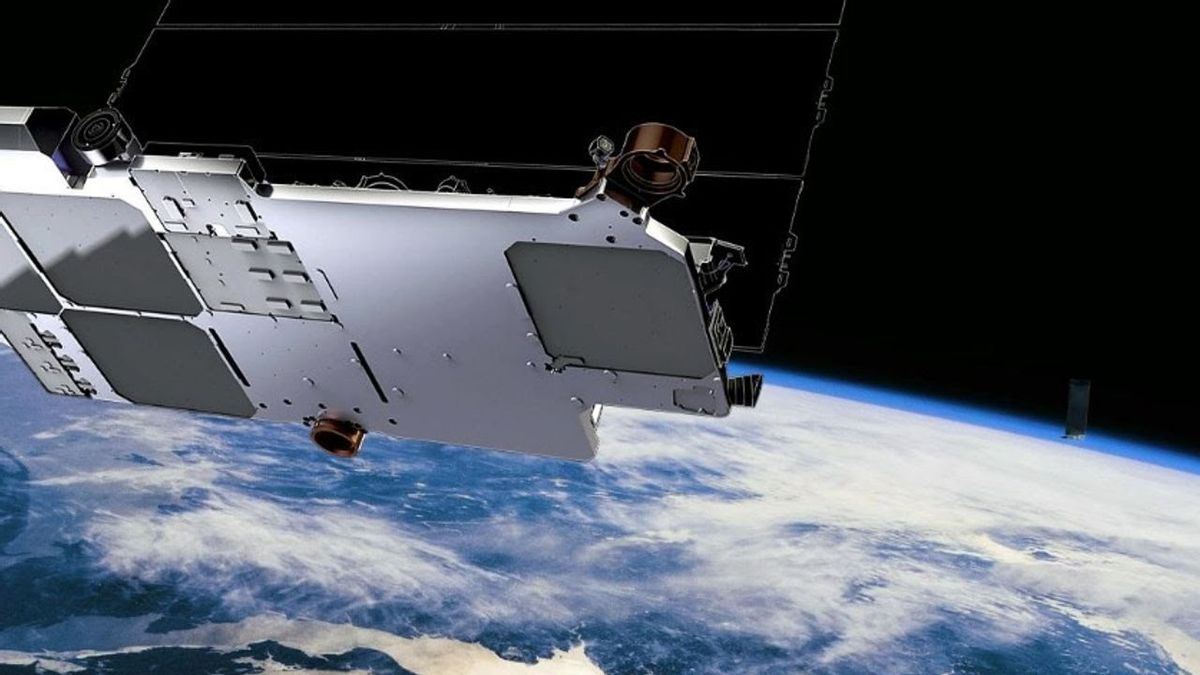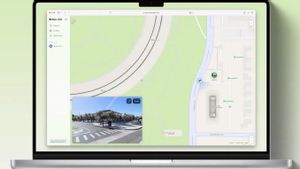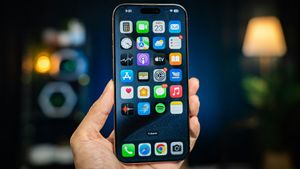JAKARTA - SpaceX has now delivered 100,000 Starlink terminals to customers who have signed up for the company's internet-from-space service. SpaceX CEO Elon Musk broke the news in a tweet yesterday.
This means that the company has added 90,000 new subscribers to the beta service in just six months. The company opened Starlink to its first paying subscribers in October 2020 which costs $99 per month and now serves 12 countries, with more to come.
Musk said he listed 14 regions where the service is currently available, "Our license application is certain in more countries. Hope to serve Earth soon," Musk said in a tweet.
The company says current download speeds through its service are around 100 Mbps, although reports suggest that speeds can range between 60 Mbps and 150 Mbps.
Starlink also sells its starter kit with a user terminal or satellite dish, stand and power supply, as well as a WiFi router for an additional $499, which the customer has to pay in advance.
For your information, Starlink is designed to serve customers in remote locations where internet options are usually limited or non-existent. Maybe that's why customers are willing to pay an upfront fee.
Starlink uses a constellation of small satellites in low Earth orbit to transmit broadband connectivity to customers on the ground using Starlink antennas.
SpaceX has been sending Starlink satellites into orbit since May 2019 and currently has more than 1,700 satellites circling the Earth. The goal is to blanket the planet with affordable and reliable broadband connectivity, with a particular focus on communities in remote areas that have little or no access to decent internet services.
Even so, SpaceX is not the only company that provides internet connectivity via satellites orbiting the Earth. UK-based OneWeb is also building the constellation, with its newest batch of satellites heading into space just days ago.
With 288 satellites in orbit and more in the future, OneWeb plans to launch trial broadband services in Alaska and Canada later this year, with more locations coming in 2022.
Likewise with Amazon, which has also outlined plans for its Project Kuiper service which could consist of a constellation of about 3,200 satellites, although that is only a plan. This is quoted from Digital Trends, Wednesday, August 25.
The English, Chinese, Japanese, Arabic, and French versions are automatically generated by the AI. So there may still be inaccuracies in translating, please always see Indonesian as our main language. (system supported by DigitalSiber.id)













